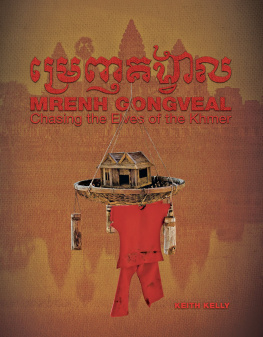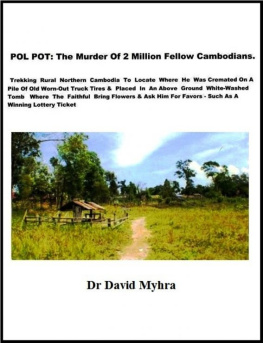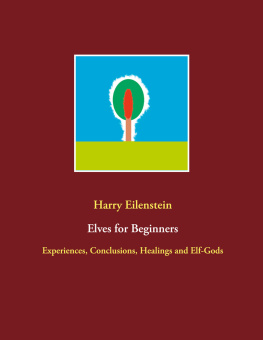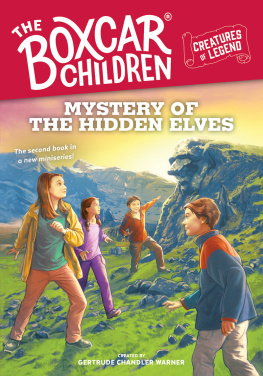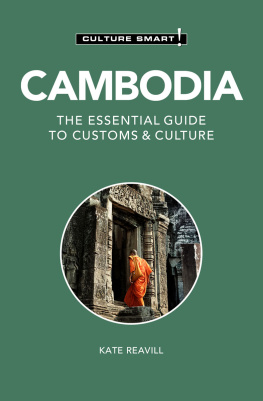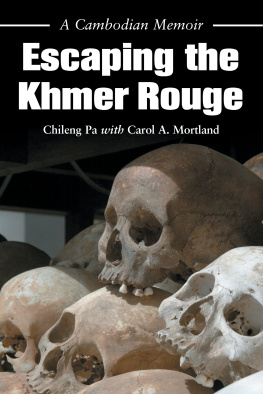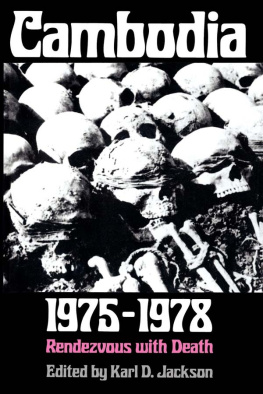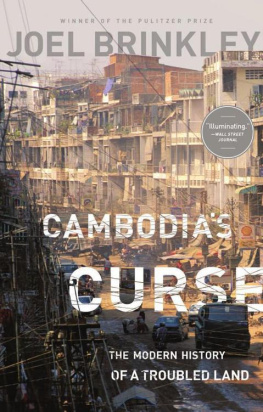Mrenh Gongveal: Chasing the Elves of the Khmer
Published by Keith Kelly
Copyright 2021 Keith Kelly
All rights reserved
No part of this publication may be reproduced, distributed, or transmitted in any form or by any means, including photocopying, recording, or other electronic or mechanical methods, without the prior written permission of the publisher, except in the case of brief quotations embodied in critical reviews and certain other noncommercial uses permitted by copyright law. For permission requests, email Keith Kelly at keithakelly@gmail.com.
Condition of Sale
This book is sold subject to the condition that it shall not, by way of trade or otherwise, be lent, resold, hired out, or otherwise circulated without the authors prior consent in any form of binding or cover other than that in which it is published. Additionally this condition applies to any subsequent used-book purchaser.
First edition 2017
Second edition 2021
Library of Congress Control Number: 2021914743
Ebook ISBN 978-0-9961355-7-3
Hardcover ISBN 978-0-9961355-6-6
Paperback ISBN 978-0-9961355-5-9
1. Khmer (Cambodian) Culture
2. Photo Essay Cambodia Kampuchea Travel Supernatural Spirit House
3. Folklore Folk-tales Mythology Elves
4. Art Decorative Home Decor
Author, Photography, Illustrations, Cover, and Book design by Keith Kelly
built using products from the Adobe Creative Cloud Suite
Editing and proofreading:
Nathalie Abejero (English)
Tan Chanthy (Khmer)
Khmer Translation:
Soeung Sothy
Buth Bonroath
Camera Equipment:
Canon 7D
Canon 20D
Fonts:
Adobe Garamond Pro
Helvetica Neue LT Std
Khmer OS Muol Light
Khmer OS
Stock Textures:
Lost and Taken
lostandtaken.com
Printed by IngramSpark
Distributed by Ingram
Enquiries about this book:
Keith.A.Kelly@gmail.com
PeregrinusCreative.com
behance.net/KeithKelly
flickr.com/keithkelly


Dedicated to my wife Nathalie,
who is always patiently waiting and wondering what it is exactly that Im pointing my lens at!

and to my children Tristan & Saoirse,
may they always look at the world with wonder and curiosity.



Special Thanks to:
Nathalie Abejero for her unending support.

Sorn Chantha for help on many of my wild goose chases
and being my Khmer translator for much of my information.

Meas Bopha for showing me the spiritual side of the Mrenh Gongveal.

Suon Neang for helping connect the dots from some of my scattered bits of information.

For herding in bits of information, leads to sources,
frequent stops when Im a passenger in their vehicles, soft proof-reading, and more...
Matthew Maltby, Conor Wall, Chorr Elit Ta, Vantha Douk Mom, Choun Sombat,
Rathana Paul, Soeu Devy, Brett Medlin, and Tan Chanthy.

The Monks of Kien Svay Krau, who patiently dug through a mess trying to find
the pieces of an old mural I caught wind of while doing research (they unfortunately never found it).

Johan Smits for invaluable advice and support.

And lastly to all of the people that have humored me
with conversations and laughs along the way.


Introduction
Growing up around New Orleans, I have always had a fascination with superstition and the supernatural, hence my interest in the Mrenh Gongveal. Their ubiquitous presence in daily Khmer life was lost on me in the first few years here, until a friend one day pointed them out. I found the more visually unique houses interesting, so I started photographing them.
As is often the case when foreigners point a lens at something mundane to local life, Khmers would quietly gather around to examine what I found so fascinating. After much enquiry I still had little explanation for these shrines beyond the belief (handed down from the older generations) that the Mrenh Gongveal brought luck. Intrigued, I researched the topic. Phnom Penhs Public Library contained a few older books, mostly in French, that made reference to its roots, but there was not much coverage. I tracked down stories via friends, their relatives, acquaintances, invited myself to Buddhist ceremonies in nearby villages or when traveling, and spoke with fortune-tellers who claim the ability to channel their energies and speak with the Mrenh Gongveal. The most useful clues came from interviewing the elderly, the monks, and the yea-che (Nun) at the pagodas.
Please note that the English spelling I use is arbitrary and was given to me during a discussion with a Khmer language teacher Ive known for some time. Variants include Mring Kung Veal, Mrieng Kongveal, Mereng Kung Veal, Merang Keng Veal, Mre Ganval, Mrn Kongvial; such is the nature of transliteration.

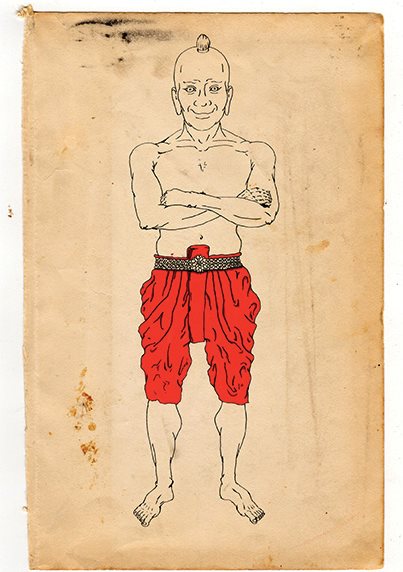
Mrenh Gongveal are said to stand at a height from as short as half a meter (1.64 feet) tall,
up to around one meter (3.281 feet) tall.

The supernatural component
Some younger people confuse the Mrenh Gongveal with something more sinister. One antiquated supernatural belief of the Khmer involves the practice of sacrificing a fetus in order to bind its spirit to the practitioner. This spirit, the Koun Kroh (Kone Croe), brings great strength to the possessor and protects them from harm. The creation of this spirit/creature is fully in the realm of Black Magic. Its equivalent in Thai practice is the Guman Thong. Other similar examples across Southeast Asia include the Philippine Tiyanak, and the Indonesian/Malaysian/Singaporean Toyol. Across all of these cultures these beings do the bidding of their master, for evil gains, and they bear malice toward humans.
Some others confused the Mrenh Gongveal with the Bry, another Cambodian belief that is of a spirit that resides in the horns of rhinoceros or the hollow teeth of tigers. This belief in the bry as a source of power, bestowing magical properties (living in) specific parts of these animals, such as a Tigers teeth or a Rhinoceros horn has unfortunately led to the decimation of their populations because they make valuable talismans.

